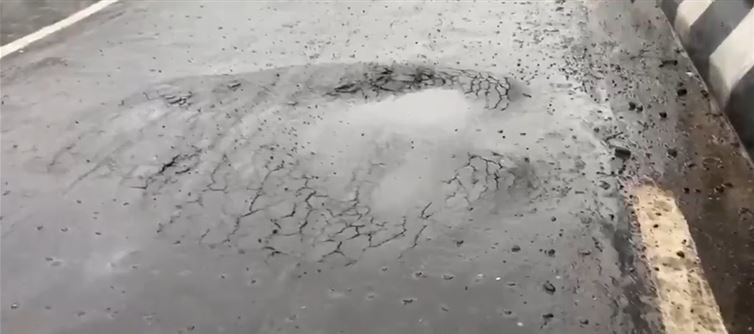
This is not an isolated case. Across India, large-scale infrastructure projects are often marred by allegations of cost inflation, substandard materials, and a lack of transparency. The sinking of the patna flyover highlights the deeply rooted issues in project execution and public works management. When such failures occur, investigations typically lead to finger-pointing, committee formations, and temporary suspensions—rarely do they result in long-term structural reform or legal accountability for those responsible. The taxpayer is left to bear the consequences while trust in government projects continues to erode.
A growing public sentiment is now demanding radical transparency. One such proposal gaining traction is to implement scannable QR codes on all public infrastructure—roads, flyovers, buildings—detailing project cost, names of contractors, engineers, supervising officials, and the departments involved. Such a system would empower citizens to know where their money is going and could act as a powerful deterrent against malpractice. If corruption is to be tackled head-on, sunlight—the best disinfectant—must be shone on every rupee spent in the name of development.




 click and follow Indiaherald WhatsApp channel
click and follow Indiaherald WhatsApp channel